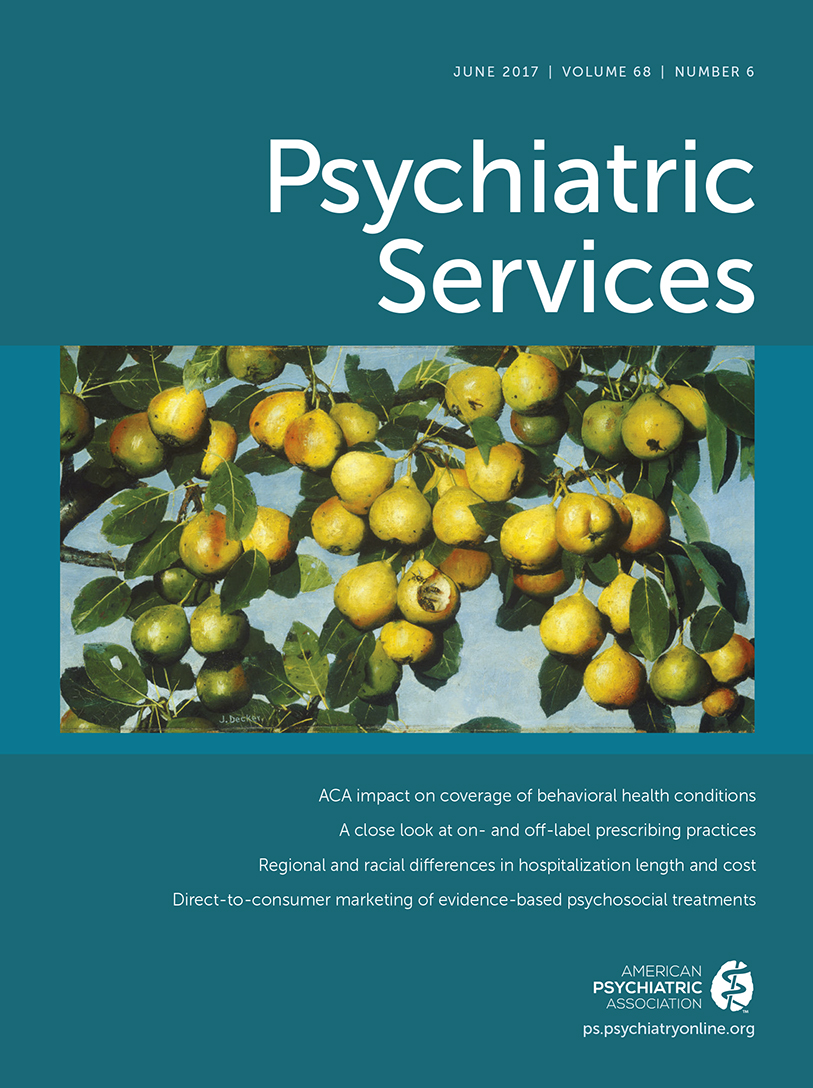Follow-Up Care After Emergency Department Visits for Mental and Substance Use Disorders Among Medicaid Beneficiaries
Abstract
Objective:
This study examined whether characteristics of Medicaid beneficiaries were associated with receipt of follow-up care after discharge from the emergency department (ED) following a visit for mental or substance use disorders.
Methods:
Medicaid fee-for-service claims from 15 states and the District of Columbia in 2008 were used to calculate whether adults received follow-up (seven and 30 days) after being discharged from the ED following a visit for mental disorders (N=31,952 discharges) or substance use disorders (N=13,337 discharges). Random-effects logistic regression was used to model the odds of receiving follow-up as a function of beneficiary characteristics.
Results:
Receipt of follow-up varied widely across states and by beneficiary characteristics. The odds of seven- and 30-day follow-up after mental health ED discharges were lower among males; African Americans versus whites; and beneficiaries who qualified for Medicaid on the basis of income rather than disability, beneficiaries with depression and other mood disorders compared with other psychiatric diagnoses, and (at seven-day follow-up) beneficiaries who lived in rural versus metropolitan areas. In contrast, the odds of follow-up after substance use disorder ED discharges were lower among whites (seven-day follow-up) and among beneficiaries who qualified for Medicaid on the basis of disability rather than income, who were diagnosed as having drug use disorders rather than alcohol use disorders, or who lived in metropolitan versus suburban areas (seven- and 30-day follow-ups).
Conclusions:
State Medicaid programs have an opportunity to improve follow-up after ED visits for mental and substance use disorders, perhaps by focusing on groups of beneficiaries who are less likely to receive follow-up.



